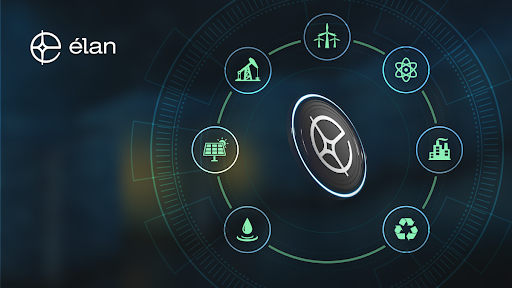Blockchain-Cryptocurrency Technology Will Lead The Global Sustainability Movement
Disclaimer: The text below is an advertorial article that is not part of Cryptonews.com editorial content.

Energy poverty is currently one of the major concerns of national governments, with first-world countries facing severe energy shortages. For example, a Eurostat report showed 35 million European Union (EU) citizens, accounting for 8% of the EU population, could not use house heaters during the 2020 winter. Furthermore, the Russia-Ukraine war and supply chain disruptions led to inflationary pressures, resulting in unaffordable energy prices.
There are multiple reasons why the energy crisis is no longer limited to underdeveloped countries. To begin with, energy production is still heavily reliant on fossil fuels, like coal mines and deep sea oil extraction. Profit-based mega conglomerates have monopolistic control over these resources, thereby unilaterally determining energy prices. Additionally, structural difficulties keep energy poverty levels so high.
To address the energy crisis, governments and companies need to shift towards sustainable energy practices. It’s important to understand the structural problems of the energy sector before proposing sustainable energy solutions.
Analyzing Structural Difficulties In Energy Industry
Currently, the energy infrastructure is a cost-intensive domain with massive electricity generation plants, substations, transformers, transmission lines, and distribution networks. Companies require enormous capital expenditures to build an electricity production and distribution network. If low-income families cannot pay for high electricity prices, the companies won’t be able to recover their expenses.
The geographical location and topographical outlay also determine energy prices. It is incredibly costly to build electricity infrastructure in a remote area covering large distances across rugged territories. Moreover, inhospitable terrain and ill-suited environments will discourage engineers from developing and maintaining electricity grids around the year.
To overcome these structural problems, the industry has to come up with innovative technological solutions.
Blockchain Technology Can Solve Structural Problems
The aforementioned problems require an easy-to-install, compact, and grid-independent energy solution, that doesn’t require technical supervision. The blockchain-based company, Elan Future, offers such technologically innovative solutions that drive down energy costs. Elan products are even better than massive solar, hydro, and wind power plants that also require expensive heavy equipment.
For example, Elan’s Apollo is a plug-and-play, sleek device that uses the patented parametric resonance technology to amplify energy output. It is compatible with all energy sources and generates 10x more electricity, thereby saving energy costs for households, industries, and electric vehicle batteries. Due to low maintenance costs, anyone can use Apollo, even in difficult terrains without spending more money.
Another Elan product, Model 2, uses sophisticated negative ion technology to produce AC/DC electricity from the surrounding air. Its slim design helps consumers to use it in any location without incurring high costs. A different Elan device called Bia seamlessly connects to a household’s electric panel and reduces energy consumption of heating elements by a staggering 97%.
The Elan blockchain, ‘The Chain’, connects all Elan devices so that users can remotely monitor their devices. Moreover, the Elan token powers the network with consumers using the tokens to purchase Elan products and pay for their electricity. They can also send Elan tokens to underprivileged people through Elan’s mobile app to generate their own electricity.
Therefore, Elan Future empowers people to move away from a corporate-controlled electricity generation model to a cleaner and greener alternative. Through Elan’s technology, an equitable and sustainable energy model is now a reality.



